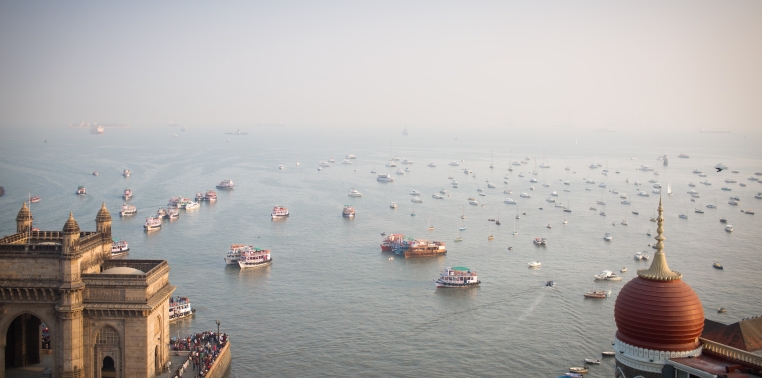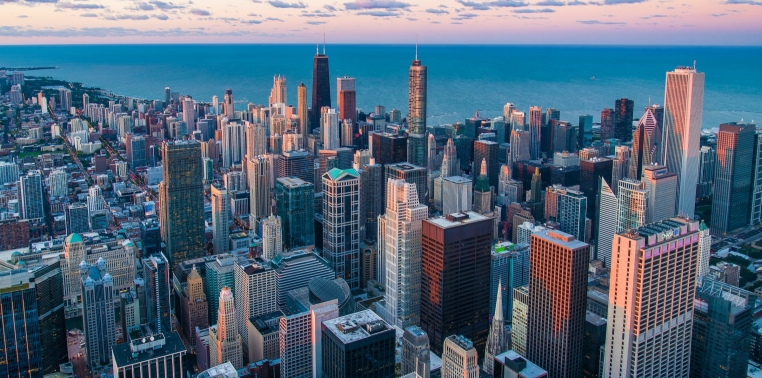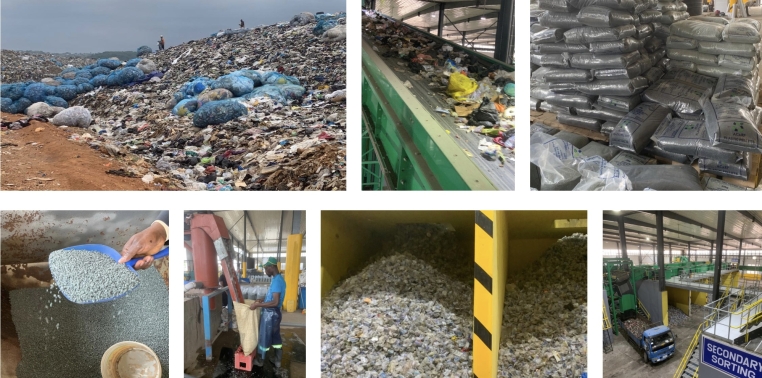In the Global Climate Risk Index report 2020, India was ranked fifth among the most affected countries by climate change. Rising temperatures and concerns over sea level rise pose significant challenges, particularly for major Indian cities such as Chennai, Kolkata and Mumbai, which have a combined coastline of 7517km. These cities already face annual risks of submersion during monsoon season and the frequency of flooding and droughts is increasing, threatening food security and energy supplies. As India's population is expected to surpass China's in 2027, these challenges become even more pressing.
India has taken steps to tackle its domestic environmental challenges. Air pollution is a major concern, with 22 out of the 30 most polluted cities located in India. Emissions from vehicles, industrial activities and biomass burning contribute to high levels of particulate matter, sulfur dioxide and nitrogen oxides. To combat this, India is increasingly adopting electric vehicles (EVs) and promoting their use through incentives and infrastructure development. Additionally, advancements in renewable energy sources, such as solar and wind power, are reducing reliance on fossil fuels and lowering emissions. The national clean air program (NCAP) aims to reduce air pollution in 102 cities across the country by 20-30 percent by 2024.
India also faces the challenge of meeting its energy demands while reducing greenhouse gas emissions. The country has made remarkable progress in improving energy access and has become one of the world's largest solar energy producers. However, there is a need to further develop the energy network and diversify the fuel mix to ensure sustainable growth. By embracing low- and no-emissions technologies, India can steer its decarbonization journey in a net-positive direction. India's commitment to reaching net-zero emissions by 2070, announced at COP26, highlights its ambition to address climate change.
Water pollution is another significant issue in India, with untreated sewage water contaminating rivers and lakes, affecting the availability of clean drinking water and posing food security challenges. The National Mission for Clean Ganga (NMCG) was launched to clean the Ganges river, but progress has been slow. Urban planning failures, inadequate waste management and Impairment of water bodies contribute to the impact of natural disasters and health problems. Initiatives like the Urban Swachh Bharat Mission 2.0 aim to address these issues by improving sanitation infrastructure and waste management over five years from 2021.
Collaboration between Switzerland and India has been notable, with India ranking as the 26th largest export trading partner for Switzerland. In 2022, Swiss exports to India amounted to CHF 1.8 billion (excluding precious metals, gems, antiques). This collaboration fosters the exchange of expertise and technology in critical areas such as renewable energy, waste and water management and environmental conservation. By leveraging this partnership, India can enhance its efforts to address environmental challenges and promote sustainable development.
India's size, diversity and commitment to sustainable development make it a key player in addressing climate change and driving the global energy transition. By prioritizing low- and no-emissions technologies, India can achieve decarbonization while realizing strong, equitable and shared growth. Its efforts in shaping the global agenda and collaborating with international partners will have a resounding impact on our collective future, establishing India as a role model for sustainable development worldwide.
Sources
Federal Office for Customs and Border Security FOCS - Trading partners 2022
WEF: India holds the key to hitting global climate change targets
Greening India’s Environment: Challenges Faced and Prospects for Future Cooperation
Global Climate Risk Index 2020






